
In the for-profit world, the average customer retention rate across ten of the largest industries is 75%. But for nonprofits, eCardWidget’s donor retention guide reports an equivalent average donor retention rate of just 35%. That means most nonprofits only secure a second donation from one out of every three donors!
In economically turbulent times, a reliable donor base is one of your biggest assets, and prioritizing donor retention will ultimately help you build a dedicated pool of supporters who can lend support whenever you need it.
One simple way to retain more donors is to make giving as convenient and flexible as possible. This is why nonprofits, schools, and sports teams can benefit from embracing pledge donations. In this guide, we’ll break down what pledge donations are, how they differ from normal gifts, and when nonprofits should focus on soliciting this type of donation.
Defining Pledges and Donations
Ultimately, both pledges and donations are monetary gifts to your nonprofit, each with a few key differences. Here are simple explanations of these two gift types:
- Pledges are promises to pay a certain amount of money later. For example, you might gather pledges during the first round of an end-of-year mobile campaign and allow donors to give the money later.
- Donations refer to any gift given to your organization. “Donations” is generally used an umbrella term that includes a wide range of contributions, including in-kind donations, planned donations, recurring donations, and, of course, pledge donations. This means all pledges are donations, but not all donations are pledges.
Because there are so many types of donations, we’ll focus on comparing pledges and one-time donations. A supporter makes a one-time donation when they give a specific amount to an organization just once. In this case, the money is given to the organization immediately.
Some fundraisers are better suited to one gift type over the other. Specifically, pledge donations are often used in peer-to-peer style campaigns where fundraising participants are expected to accomplish something in return for pledges.
For example, 99Pledges describes how almost all walk-a-thons use pledge donations to raise money: “Community members volunteer to raise funds on an organization’s behalf, walk a set distance, and then collect money for your cause. Donors might pledge to give $X for every mile or donate a flat amount after the event.”
On the other hand, you might host a fundraiser with a strict deadline, like a crowdfunding campaign. In this case, your fundraising letters would emphasize the need to give immediately, which means soliciting many one-time donations.
Pledges vs. Donations: Pros and Cons
Anytime your organization needs to choose between soliciting one-time and pledge donations, creating a list of pros and cons can be helpful. To ensure your strategy will improve your ability to earn gifts and steward donors, here are the top pros and cons to consider for each donation type:
| Gift Type | Pros | Cons |
| Pledges | The pledge model is versatile, working with almost any type of fundraiser, especially those with goals you can tie pledges to. For example, collect pledges based on the miles participants run during your charity race. | Difficulty tracking and managing funds. |
| Pledges provide flexibility, which leads to increased giving. Supporters can pay larger sums over time, allowing them to give above their usual donation level. | Time-consuming follow-up may be required to secure payments. | |
| Pledges drive event attendance by giving donors a vested interest in their outcome. For instance, charity race sponsors will want to attend to watch the participants run. | The possibility of pledge attrition or a person not fulfilling their promise. | |
| One-Time Donations | Immediate access to funding. When a donor makes a one-time donation, they pay your nonprofit right away. This makes these donations ideal for urgent needs or campaigns with short timelines. | Donors have to make donations they can afford to pay at once, in full. This can limit how much they are able to give. |
| Simplified transactions and follow-up. Your organization won’t need to manage a host of pledges, payment deadlines, and reminders. Instead, you’ll simply accept one donation per donor and only need to send donation receipts and thank-you messages. | ||
| You’ll have limited opportunities (usually just one or two) to engage with donors. | ||
| Stronger appeal to new supporters. A first-time donor may not feel as comfortable committing to pledges, especially if they’ll pay them in monthly installments. But, the ease and lack of commitment associated with one-time gifts are the perfect way for them to test out engaging with your organization. | ||
| It can be hard to ask one-time donors for continued support. |
Weigh these benefits and drawbacks, but also be aware that many modern fundraising platforms can help nonprofits minimize these cons and maximize these pros.
For instance, fundraising software created specifically to collect pledges allows your fundraisers to track who pledged to give and easily follow up with them. Additionally, donor databases and messaging tools can capture one-time donors’ contact information, allowing you to continue engaging them through your newsletter, campaign updates, and subsequent donation appeals.
When to Request Pledges vs. Donations
Nonprofits don’t need to choose between exclusively soliciting pledges or one-time donations. Instead, they should choose which model to use depending on the type of fundraiser they’re planning.
To help you determine whether you should ask supporters for pledges or donations, consider these common giving scenarios:
Pledges
- Peer-to-peer fundraiser. Pledge drives are especially effective fundraisers for nonprofits with large supporter bases. For instance, schools can have students reach out to their family networks to collect pledges for a walk-a-thon.
- Goal-based. Get donors invested in a fundraiser by clearly communicating how their pledge gifts are tied to specific accomplishments. This motivates your nonprofit and your participants to do their best at your fundraiser and gives donors a reason to engage with your organization beyond just donating.
- Long-running support. Arguably, other types of donations can be considered pledge donations. For instance, recurring gifts are a continual pledge to give consistently. Any time you want to secure long-running support, you should push donors toward making a pledge gift.
Donations
- Tight deadlines. If you need donations immediately, encourage supporters to contribute the moment they feel compelled to donate, not later down the line.
- New donor-friendly campaigns. One-time donations are the most straightforward way to give and likely how most new donors will engage with your nonprofit. These gifts are low commitment and useful for nonprofits looking to attract new donors.
- Normal online giving. Ultimately, non-pledge donations are the default giving method. Chances are that your digital fundraising plan already focuses on promoting and securing this type of gift.
Whether you’re trying to secure pledges or donations, supporter communication is key. For pledges, you may need to send email reminders that prompt donors to fulfill their pledges, while for one-time gifts, you’ll need outreach materials that push supporters to your donation page to make their initial gift.
When you choose the right donation type for your donors and fundraiser, you’ll cultivate relationships with donors and develop a trusting partnership with them. While there are general benefits and disadvantages to both pledges and donations, keep your organization’s specific needs at the top of your mind when crafting your fundraising plan.
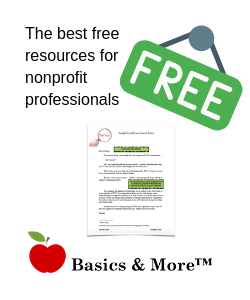

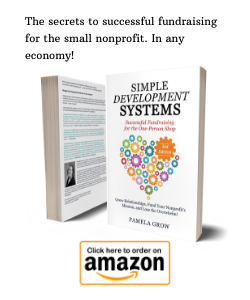





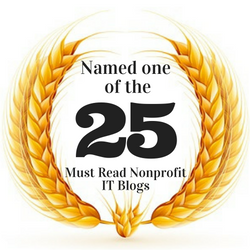




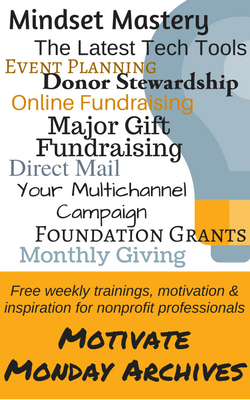


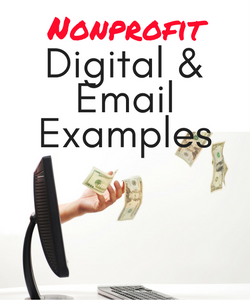

 I can’t wait to meet with you personally.
I can’t wait to meet with you personally.
Comments on this entry are closed.